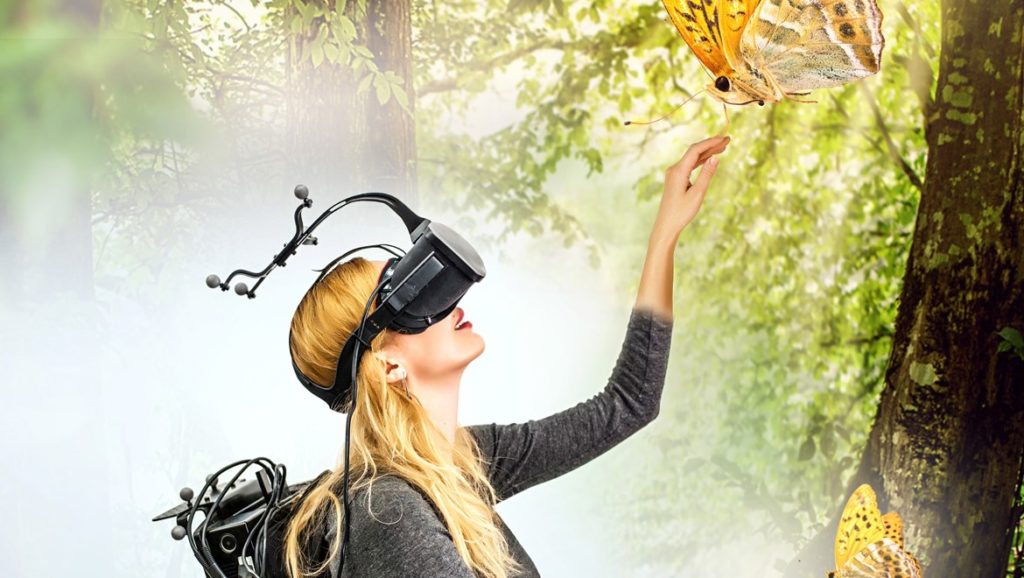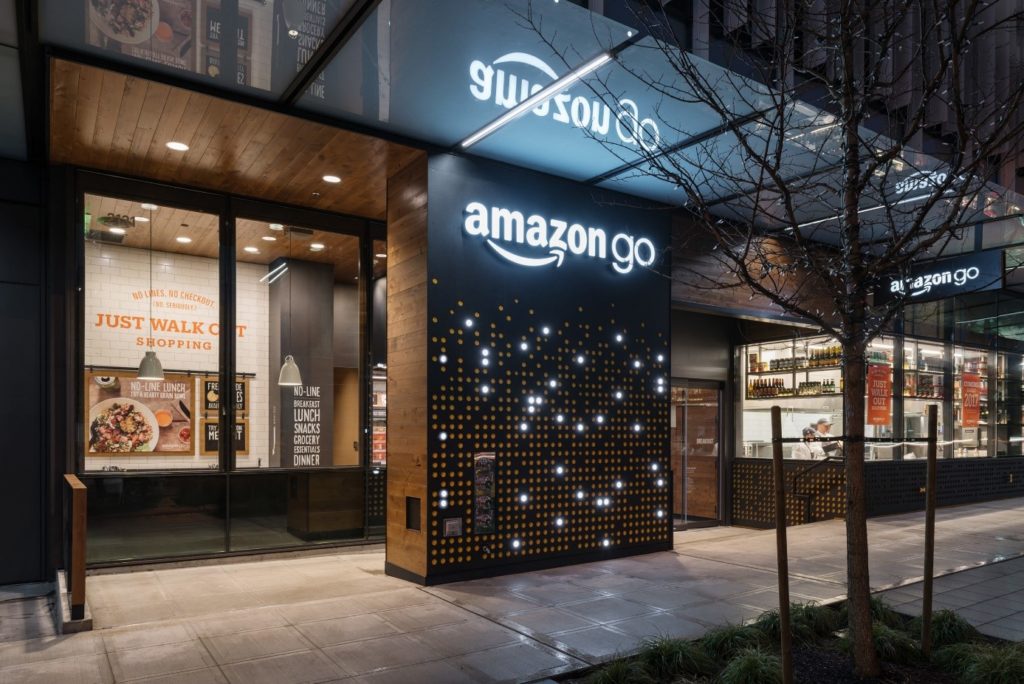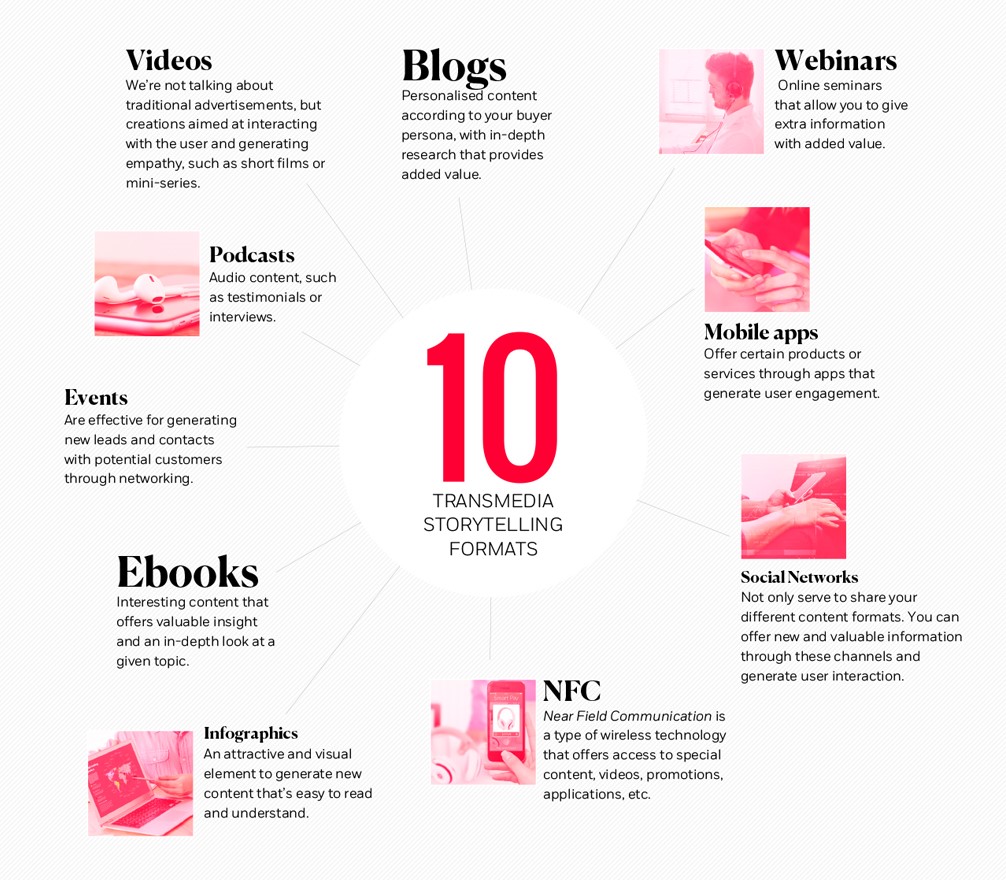The history of culture is, to a large extent, the history of the development of technology – new tools allowed for the development of new ways of expression, allowed for changes in the ways of creating content, as well as forms of access to it. Thanks to new technologies and new media, we can experience culture and participate in art in new ways.

Advertising – as cultural content – is also subject to evolution. This is necessitated, among others, by the radical changes in media consumption patterns in the age of digitization. At the same time, however, we observe a growing reluctance and skepticism of consumers toward marketing communications. And yet it is not that we consume less content in general; on the contrary, we consume more content than before, sometimes simultaneously on several devices at the same time. So if advertising is increasingly annoying as an unwanted interruption that distracts us from what we want to watch – perhaps we haven’t fully done our homework on the modern canons of storytelling in the digital age? And since consumer standards and expectations are shaped by other popular culture content, perhaps it’s worth asking the question – how can they inspire ad creators?
The immersive nature of the experience.
The fact that various fields of art very actively absorb new technologies may be due, among others, to the fact that the entire history of art is in some sense the history of virtual reality. Oliver Grau, a German art historian and media theoretician, believes that in the field of visual arts, for example, people have been striving for the effect of immersion practically since the time of cave paintings – immersion in a different world through contact with a work of art. It is hard not to agree that a similar experience – transferring to another reality – can be achieved by reading a book, listening to music or watching a film. Today there are more tools available, such as AR techniques, VR, 3D images, which allow us to achieve such effects.
Do we use them enough in brand communication to enrich the shaped experience with our brand, product or service? This challenge is particularly current in the context of the development of ecommerce and the growing expectations and aspirations to build a blended customer experience – that is, a single experience with the brand that flows seamlessly between channels, integrating the greatest benefits of each of them and involving the consumer and providing instant gratification at every stage of the path.
An example of such a solution is the Amazon Go concept, which allows you to shop conveniently and quickly if you have the network’s app on your phone. Entering the store, we simply pack the selected goods into a bag, and the rest of the shopping process takes place “in the background”. The app on our phone, upon entering the store, generates a QR code that is automatically scanned, as are all the goods we select. On leaving the store, the app automatically makes a payment for the purchases.

Participatory culture – the participatory nature of the work and the development of performativity
Another area of evolution that has occurred over the years is the changing role and relationship between the creator and the viewer of a work of art. The recipient has gained in importance, being invited to actively participate in the creation of a work of art. The development of happenings and performances, strongly stimulated by the possibilities offered by new interactive media, allows almost everyone to become involved in the creative process.
And although on the grounds of advertising communication, the concept of “participation marketing” is not new, it seems that its potential is still not fully exploited. Campaigns that provide an opportunity to get involved can certainly be better remembered and can build more lasting relationships with consumers. The consumer, in fact, becomes the main protagonist. They have a sense of personal contact with the brand and at the same time they often provide good fun. It seems that the fear of reaching for such tools may be a loss of control over what will happen with my brand. However, the best examples show that the game is worth the risk. This is evidenced by the numerous editions of the “Share a Coke” campaign (the first edition took place exactly 10 years ago!), whose Polish counterpart was, for instance, the Christmas “Tyskiego najlepszego” [Tysking you the best] campaign. Similar popularity was enjoyed by Apple’s “Shot on iPhone” campaign, which in its latest edition rewarded the best photos taken with an iPhone 11 in night mode phone.
Transmedia content – transmedia narrative
The term transmedia storytelling was first used by Henry Jenkins in an article published in “MIT Technology Review” in 2003. He described it as a narrative that unfolds across different media platforms, with each piece of the story forming a distinctive and important whole and enriching the story. At the time, the researcher was impressed by meeting with leading creative staff in Hollywood and video game companies. In reference to this, he wrote that “what is referred to in the media industry as transmedia and augmented storytelling is the future of entertainment.
Unlike multi-platform storytelling, transmedia does not rely solely on the use of diverse media, but also on the creation of relationships between them that result in a new, often non-linear storytelling structure. Transmedia does not mean telling the same story on different platforms, but conveying different information about the same presented world. Different parts of a transmedia story will engage the viewer in varied activities through which they collect individual components to arrive at the whole story. Absorbing the message through different media builds an experience that refreshes the brand and sustains consumer loyalty.
And here are examples of selected formats that can enhance a marketing campaign and allow you to build a transmedia story:

The world of art and various cultural content can be inspiring in terms of the content and themes that fill it. But it also turns out that in this formal and realization layer it can suggest solutions that will work well in the world of marketing communication. Reaching for available technological tools and the possibilities of new media does not have to be empty gadgetry, but can significantly enrich the narrative of our brand by:
- building multi-level experiences, involving different senses, that allow us to immerse ourselves in the world of a brand or a specific story;
- engaging the consumer and personalizing the experience with the brand by inviting them to participate in the communication;
- conducting long-term, engaging communication thanks to transmedia storytelling, using the potential of various media and formats to build further brand-related content.
Henry Jenkins “Convergence Culture. The clash of old and new media”
Agnieszka Całek „Opowieść transmedialna”





